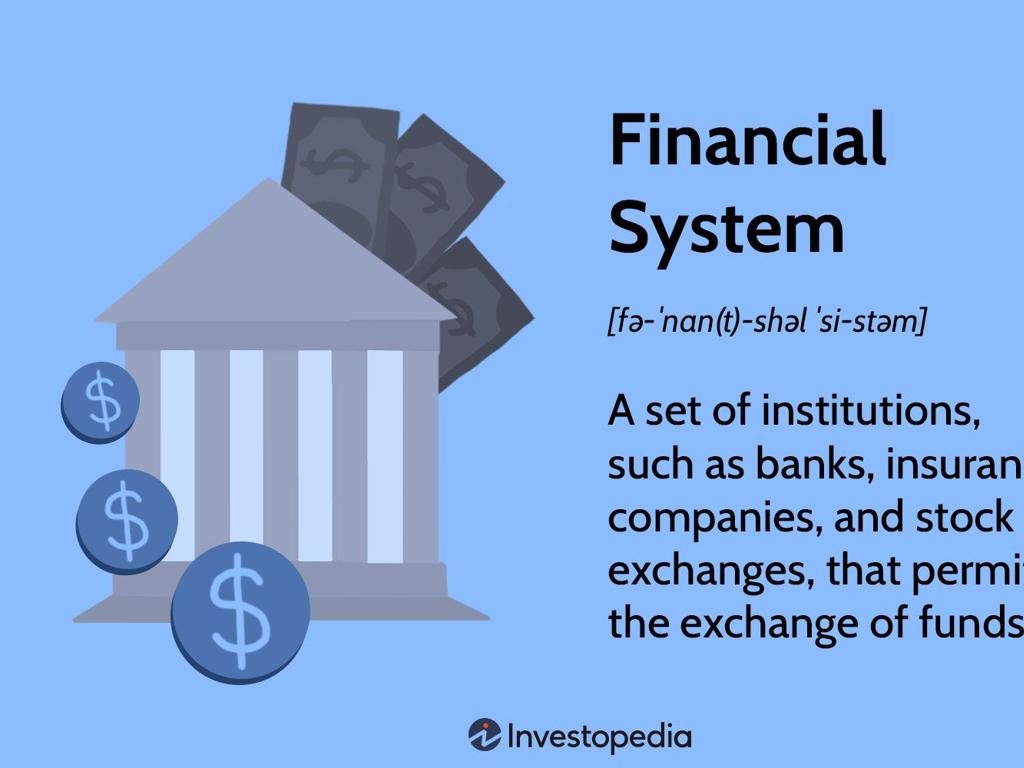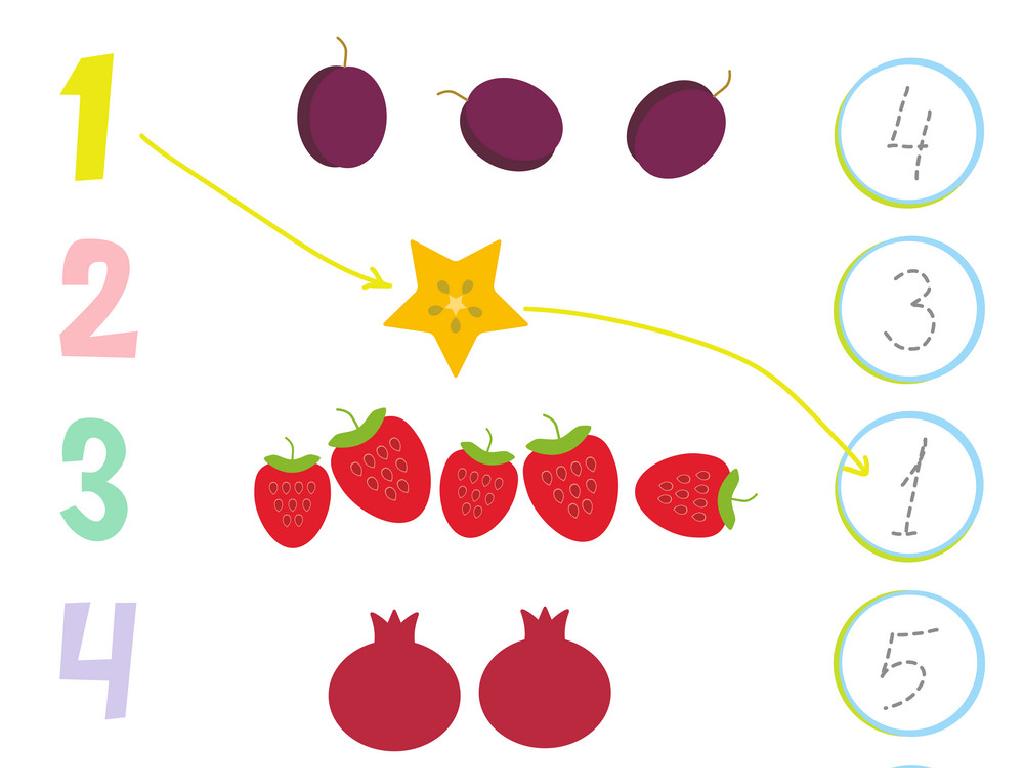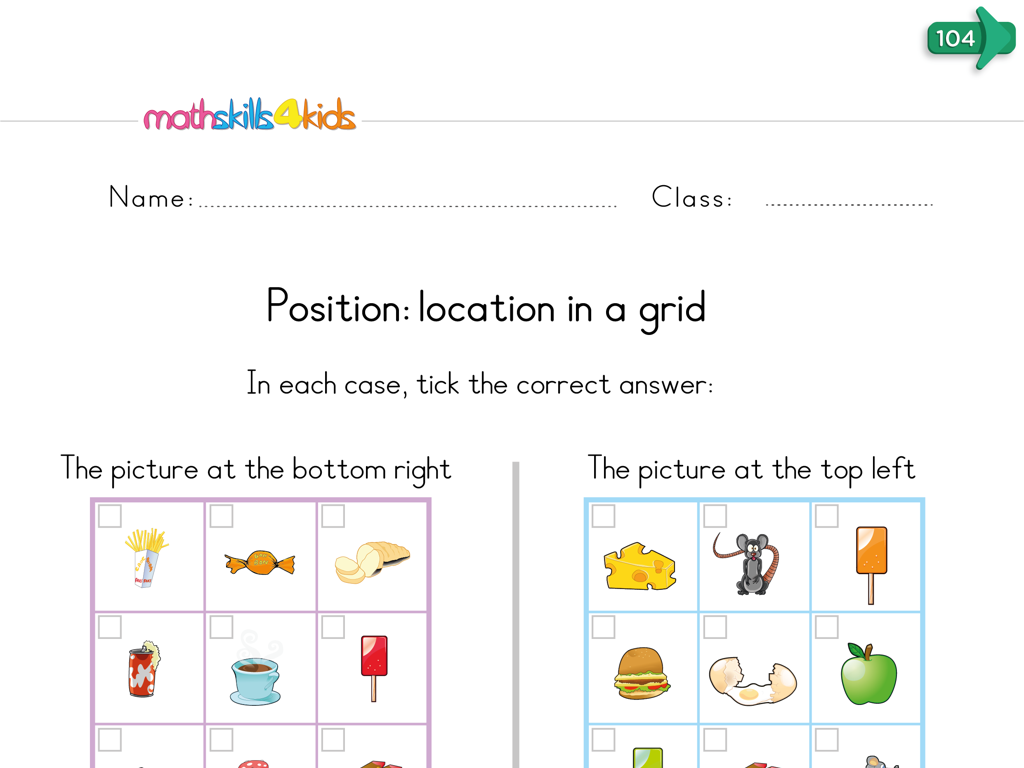Costs And Benefits
Subject: Social studies
Grade: Fifth grade
Topic: Basic Economic Principles
Please LOG IN to download the presentation. Access is available to registered users only.
View More Content
Understanding Costs and Benefits
– Economics involves choices
– Costs vs. Benefits explained
– Costs are what you give up; benefits are what you gain
– Every choice has a cost
– Known as ‘opportunity cost’ in economics
– Making informed decisions
|
This slide introduces students to the fundamental concept of costs and benefits, which is a cornerstone of economic principles. Begin by explaining that economics is all about making choices because resources are limited. Discuss how every decision involves a trade-off, where choosing one thing means giving up something else, which is the cost. Benefits are the gains we receive from our choices. Emphasize the concept of opportunity cost, which is the value of the best alternative given up. Encourage students to think about the costs and benefits of everyday decisions they make, such as spending time playing video games versus doing homework. This will help them understand how to make informed decisions by weighing the costs and benefits.
Understanding Costs in Economics
– Define economic cost
– Cost: The value of what you give up to get something.
– Explore opportunity cost
– Opportunity cost: The value of the next best alternative given up.
– Everyday examples of costs
– Choosing between buying a toy or a book.
– Analyzing cost in decisions
– Consider what is gained and lost in choices.
|
This slide introduces the concept of cost from an economic perspective, which is crucial for understanding how decisions are made. Start by defining cost as the value of what is given up to obtain something else. Emphasize opportunity cost, a key type of cost, which represents the value of the next best alternative that is foregone when a decision is made. Use relatable examples, such as choosing how to spend allowance money, to illustrate the concept. Encourage students to think critically about the costs and benefits of their everyday decisions, such as spending time playing video games versus doing homework, to help them understand the trade-offs involved.
Understanding Benefits in Economics
– Define economic benefit
– Value or gain from economic choices
– Benefits vary per person
– What’s beneficial for one may not be for another
– Choices lead to benefits
– Making a choice often has positive outcomes
– Discuss examples in class
|
Begin the discussion by defining what a benefit is in the context of economics, emphasizing that it refers to the value or gain that individuals or groups receive from making certain choices. Highlight that benefits can be subjective and what is considered beneficial can differ from person to person. Provide relatable examples, such as choosing to buy a toy which brings joy, or a family choosing a car that saves on fuel. Encourage students to think of their own examples of benefits from choices they’ve made or seen others make. This will help them understand the concept of benefits in everyday decision-making and recognize the personal nature of economic benefits.
Understanding Costs vs. Benefits
– Comparing costs and benefits
– Weighing the good and bad sides of a choice
– Making smart choices
– Think before you act: what’s gained vs. what’s lost?
– Real-life example: Toys or savings?
– Choosing between immediate joy of a new toy or long-term benefit of saving money
|
This slide introduces the concept of costs versus benefits, which is a fundamental aspect of making informed economic decisions. Students will learn how to compare the positive aspects (benefits) and negative aspects (costs) of a decision. They will understand that informed decisions require careful thinking and weighing the pros and cons. Use the relatable scenario of deciding whether to buy a new toy, which provides immediate satisfaction, or to save money, which can be beneficial in the long run. This example will help students grasp the concept of opportunity cost and encourage them to think critically about their own choices. Discuss the importance of considering future consequences and not just immediate desires.
Understanding Opportunity Cost
– What is opportunity cost?
– The next best thing you give up when you make a choice
– Examples of opportunity cost
– Choosing soccer over baseball practice
– Daily life opportunity costs
– Deciding between doing homework or playing
– Activity: Spot the opportunity cost
|
Opportunity cost is a fundamental concept in economics that refers to the value of the next best alternative that is foregone when making a decision. It’s important for students to recognize that every choice has an opportunity cost and that it affects the decisions they make every day. For example, if they choose to play video games instead of doing homework, the opportunity cost is the learning they miss out on. During the activity, present students with various scenarios and ask them to identify the opportunity costs involved. This will help them understand the concept in a practical way. Possible scenarios for the activity could include choosing between going to a friend’s birthday party or a family outing, spending allowance money on toys or saving for a bigger item, or deciding between joining a sports team or learning a musical instrument.
Understanding Cost-Benefit Analysis
– What is Cost-Benefit Analysis?
It’s a decision-making tool to compare costs and benefits of an action.
– Steps for Simple Analysis
Identify costs, benefits, and compare to make choices.
– Group Activity: Analyze a School Project
In groups, pick a school project and list its costs and benefits.
– Discussing Outcomes Together
|
Introduce the concept of Cost-Benefit Analysis as a method used to evaluate the advantages (benefits) and disadvantages (costs) of a decision. Explain the steps involved in conducting a simple analysis: identifying and listing all the costs and benefits, then comparing them to see if the benefits outweigh the costs. For the class activity, divide the class into small groups and assign each group a hypothetical school project. Each group will list potential costs (like time, resources, effort) and benefits (like learning, fun, school improvement) of the project. After the activity, regroup and discuss the outcomes, emphasizing how this analysis helps in making informed decisions. Provide guidance on how to think critically about costs and benefits and encourage students to consider both tangible and intangible factors in their analysis.
Making Smart Choices: Costs and Benefits
– Apply lessons to make smart choices
– Think ahead about costs and benefits
– Consider what you gain and what you give up
– Share personal decision experiences
– Tell the class about a time you had to decide something
– Learning from choices we make
– Understand outcomes of our decisions
|
This slide encourages students to use their understanding of costs and benefits to make informed decisions. They should apply what they’ve learned about economic principles to everyday choices. Encourage them to think about the potential outcomes before making a decision, weighing what they will gain against what they must give up. Students will also be asked to share personal stories about times they had to make choices, which will help them relate to the concept of costs and benefits on a personal level. The discussion will also focus on learning from the outcomes of our decisions, whether they are expected or not, and how this can guide future decision-making.
Class Activity: The Lemonade Stand
– Plan your lemonade stand setup
– Decide on purchases and budget
– Choose ingredients and materials wisely
– Operate your stand and track sales
– Keep a record of expenses and income
– Reflect on your stand’s success
– Did you make a profit? What did you learn?
|
This activity is designed to teach students about the costs and benefits of running a business through the example of a lemonade stand. Students will plan their stand, make decisions on what to buy within a budget, and then sell their lemonade, keeping track of their sales. After the activity, they will reflect on the success of their stand by considering their profits and what they learned. For the teacher: Provide a mock currency for transactions, and materials like paper, pencils, and calculators. Possible variations of the activity could include different locations for their stand, varying weather conditions, or unexpected costs to simulate real-life challenges in business.
Conclusion: Costs and Benefits in Economics
– Recap: What are costs and benefits?
– Importance of understanding them
– Helps make informed choices in daily life and understand economic transactions
– Homework: Reflect on a decision
– Think of a choice you made recently. What did you gain and what did you give up?
– Share your thoughts next class
– Write a paragraph about your decision and the costs and benefits involved
|
As we wrap up our lesson on costs and benefits, it’s crucial for students to grasp that every decision has a trade-off. Understanding costs (what we give up) and benefits (what we gain) is key to making wise choices, not just in economics but in everyday life. For homework, students will reflect on a recent personal decision where they weighed the costs and benefits, and write a paragraph detailing their thought process. This exercise will help solidify their understanding and allow them to apply economic principles to real-life situations. In the next class, we’ll discuss their examples, which will help them learn from each other’s experiences and perspectives.






